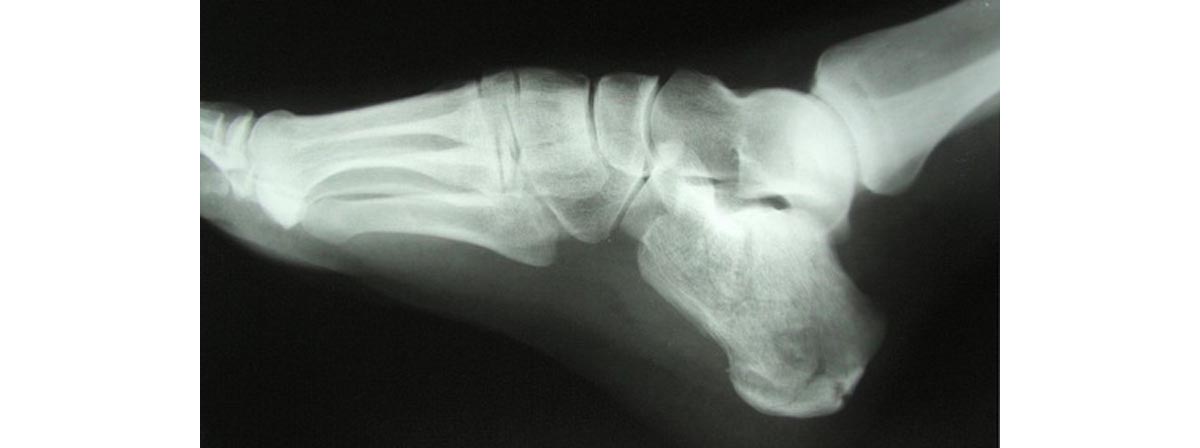Table of Contents
Pinning and plating
It is not unusual for more than one fracture or dislocation to occur in the case Lisfranc injuries. The foot is the part of the body that contains the highest number of bones, after all, and it is easy for multiple fractures to be present. During surgery any dislocated joints will be put back into place (‘reduced’ in surgical terminology) and fractures will be aligned.

(Plates are, in the case of feet, slender strips of metal through which screws pass into the bone. They hold broken bones together and stabilise the fracture while natural healing occurs). Plates and screws will stop the joint from moving while healing takes place, which will also help soft tissues such as ligaments and tendons to mend.
The plates and screws may be removed once healing has taken place to allow normal movement to occur at the joints again. Also they can be a source of irritation to the structures in the foot which pass over them, and can themselves fracture. Removal will occur about 3-5 months after surgery.
Fusion
Often in these injuries the cartilage which covers the ends of the bone in the joint and allows them to move smoothly over one another, is damaged. It is difficult to heal cartilage as it has a very poor blood supply and damaged cartilage may predispose to painful arthritis in the joint if movement is allowed to continue. In this case and if damage to the Lisfranc joint is great, it may be decided to fuse the damaged joint(s).
Plates and screws are used for this purpose and these will not usually be removed.
Recovery
After both types of surgery a plaster cast or air-filled boot is worn and there is no walking on the foot (‘non weight-bearing’) for at least six weeks. After that weight-bearing, still wearing an air-filled boot (which is Removable at night) will start. A program for rehabilitation will be given, gradually increasing the time weight-bearing, and distance walked.
Long-term outlook
Depending on the severity of the original injury and success of treatment, some sports people may be unable to return to previous performance.
So great consideration must be given to whether fusion is the best solution.
In the case of both non-surgical and conservative (not fusion) surgical repair there is a chance that arthritis will develop in the joints, leading to pain and possible limitation of movement. Fusion of the joints may then be the best option.
The range of damage involving the Lisfranc joint is very variable and treatment options will differ accordingly. So only someone experienced in treating these types of injuries will be able to advise on the best treatment options and likely outcomes.
- www.orthobullets.com/foot-and-ankle/7030/lisfranc-injury-tarsometatarsal-fracture-dislocation
- Photo courtesy of sgrace by Flickr : www.flickr.com/photos/stasiland/2585074025/
- Photo courtesy of Jojo by Wikimedia Commons : commons.wikimedia.org/wiki/File:Calcaneus_Fracture.jpg
- www.orthoinfo.aaos.org/topic.cfm?topic=A00162


Your thoughts on this